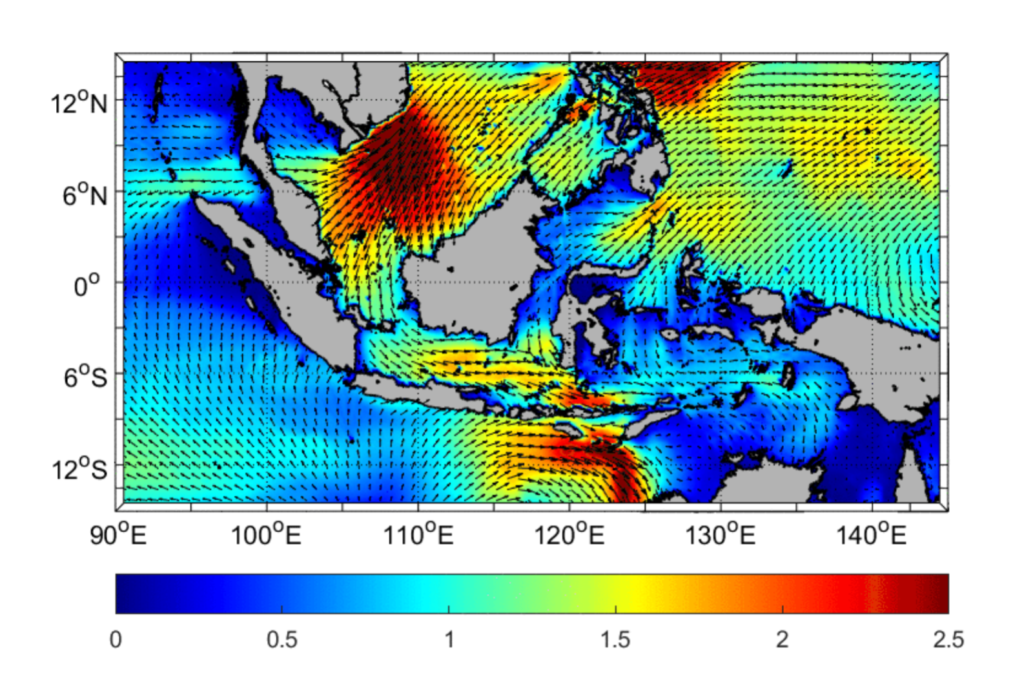Weather intelligence provider Baron has been chosen to provide a Coupled Atmospheric Water and Ocean (CAWO) modeling system to the Indonesian Agency for Meteorology, Climatology and Geophysics (BMKG).
The modeling system is a new emerging technology in the field of ‘metocean’ prediction and provides a greater degree of accuracy for forecasts of the atmosphere above the ocean’s surface, waves at the surface, and ocean currents.
CAWO combines an atmospheric numerical weather prediction (NWP) model with a sea surface wave model and a deep ocean circulation model, providing improved fidelity at the atmosphere/ocean interface. The result is a 10-day forecast for waves, swell, wind, currents, temperature, salinity and water level.
The project will serve as a blueprint for other nations looking to improve the safety of their coastal industries and populations. The coupled marine model is a key component in Indonesia’s Marine Meteorology System (MMS), a program designed to maximize its maritime economy by increasing weather awareness and safety on the seas and shorelines. Baron was appointed as sub-contractor on the project by CLS Group, a subsidiary of the French Space Agency and Belgian investment company Compagnie Nationale à Portefeuille (CNP).
John McHenry, chief scientist at Baron, said, “By dynamically computing ocean wave characteristics and circulation as they exchange information on-the-fly with the atmospheric model, precipitation forecasting in the maritime environment improves along with the ability to track and forecast tropical cyclones. It absolutely provides more accurate and complete forecast information than a non-coupled model that relies on approximations or static data to represent conditions at the lower or upper model boundaries.”
CAWO will update four times daily and run at 3km resolution. It will cover all the Indonesian and adjacent maritime areas. This is the first model to produce forecasts for such a large domain at such high resolutions. The model will be installed on a high-powered computer at BMKG headquarters in Jakarta.
Baron will work with BMKG over the course of several years to evaluate the model and provide updates to maximize accuracy. As part of the MMS1 project, 200 meteorological instruments will be deployed, including drifting buoys, tide gauges and oceanographic floats.
Indonesia consists of more than 17,000 islands and more than 75% of the nation’s territory is water. Analysis and forecast data from the model will be used to create a more effective early warning system to alert citizens of dangerous weather at sea or on the coastline.



